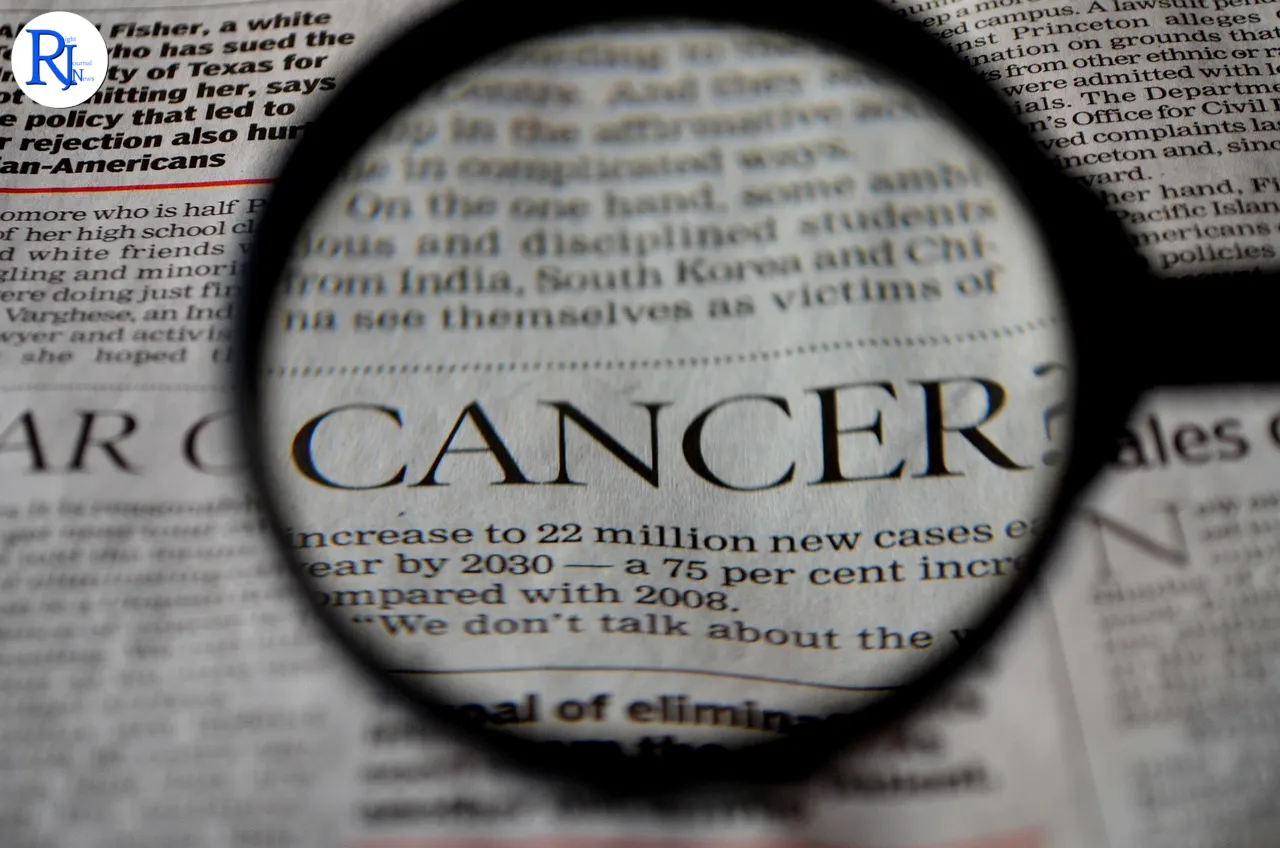A team at the University of Southampton has identified a new subtype of lymphoma and linked it to a unique sugar on the surface of cancer cells, a finding that researchers say could open the door to more precise treatment strategies for an aggressive form of blood cancer. The discovery highlights a distinct biological feature that appears to help lymphoma cells survive and grow, offering a potential pathway for both diagnosis and therapy. While doctors already treat lymphomas under broad categories, this work suggests a sharper way to group patients based on how their cancer behaves at a molecular level. Clinicians and patients have long sought such clarity. If validated, this subtype could guide future trials and inform targeted approaches that aim to block the sugar-driven signals the cancer uses to thrive.
Researchers reported the discovery on Tuesday, 11 November 2025, in Southampton, UK, as covered by MedicalXpress. The work involved cancer scientists and biologists at the University of Southampton, who examined how a distinct sugar structure shapes the growth of lymphoma cells.

A distinct biological signature in aggressive lymphoma
The Southampton team focused on a subgroup of lymphoma that current classifications do not fully explain. They found that tumour cells in this newly identified subtype carry a unique sugar, also known as a glycan, on their surface. Early findings indicate that this sugar supports the cancer’s survival and growth. In practical terms, that means the sugar acts as a functional marker as well as a label. It does not only identify the subtype; it appears to help drive it.
Cancer biologists have long used patterns on the surface of cells to sort blood cancers into meaningful groups. The presence of a particular sugar structure adds a new layer to that toolkit. If clinicians can recognise and test for this feature, they may stratify patients more accurately. That could help predict how the disease progresses and how it responds to specific treatments. It also offers a clear target for laboratory studies that explore how to shut off the sugar’s pro-growth effect.
Why sharper subtyping can change treatment decisions
Lymphoma is an umbrella term for cancers that arise in the lymphatic system. Doctors know that different subtypes behave very differently, with some growing slowly and others advancing quickly. Treatment often starts before clinicians have a complete picture of each patient’s tumour biology. More precise subtyping aims to close that gap. When doctors can place patients into a biologically defined group, they can design care with more confidence.
In recent years, treatment plans for aggressive lymphomas have expanded beyond chemotherapy to include targeted antibodies, small molecules, and, in some cases, cell therapies. However, these options work best when doctors match the right drug to the right tumour features. A sugar-defined subtype gives researchers a new, testable route to do that. If future trials confirm that blocking this sugar pathway slows or stops the cancer, clinicians could tailor therapy for patients who test positive for the marker.
Sugar codes on cancer cells: what scientists already know
Glycans—complex sugars on cell surfaces—play a central role in how cells signal, stick to one another, and interact with the immune system. In many cancers, altered sugar patterns help tumours evade immune detection or promote growth. This area of research, known as glycobiology, has grown quickly as scientists develop better tools to detect and map sugar structures on cells.
In blood cancers, changes in glycosylation can affect how malignant cells move through the body, how they receive growth signals, and how they resist treatment. Identifying a unique glycan that defines a lymphoma subtype builds on this body of knowledge. It suggests that the tumour’s sugar layer is not just a by-product of cancer, but part of the engine that drives it. That insight creates opportunities for new diagnostics that look for this marker and for therapies that disrupt its function.
From lab finding to clinical use: the steps that come next
Translating a lab discovery into patient benefit requires careful validation. Researchers will need to confirm the sugar marker in larger, independent samples and in different clinical settings. They will also need to develop robust tests that can detect the marker reliably in hospital laboratories. That process includes setting standards for sample handling, defining clear cut-off points, and ensuring tests produce the same result across sites.
If those steps hold, the next phase involves clinical trials. Investigators could first test whether the sugar marker predicts outcomes under current treatment. They could then explore targeted approaches that interfere with the sugar’s pathway or with proteins that bind to it. Any new therapy would need to show clear benefit and safety in controlled studies before doctors could adopt it in routine care.
Potential routes for targeting sugar-driven growth
Cancer researchers have several ways to target sugar-related pathways. One approach involves antibodies or small molecules that block interactions between glycans and the proteins that read them. Another explores enzymes that alter the way sugars attach to proteins on the cancer cell surface. A third uses diagnostic imaging or lab tests to track sugar markers and monitor response to treatment. Each method brings its own technical challenges, including specificity, off-target effects, and delivery.
For lymphoma, the promise lies in combining such strategies with established treatments. If scientists can disable the survival signal that this sugar confers, existing therapies could work better. That combination logic has underpinned many advances in blood cancer care over the past decade. A sugar-defined subtype adds a fresh candidate for that kind of precision pairing, pending rigorous testing.
What this means for patients and clinicians today
For patients, the Southampton work offers cautious optimism. It points to a more detailed understanding of a hard-to-treat form of blood cancer and suggests a tangible target for future therapies. It does not change current treatment on its own. Patients should continue to discuss established options with their clinical teams and ask whether biomarker testing might play a role in their care as research progresses.
For clinicians, the finding underscores the value of molecular and biochemical profiling in lymphoma. Pathology teams may prepare to integrate sugar-based assays once they gain approval and guidance. Multidisciplinary teams can also watch for trial openings that focus on glycan markers. As evidence grows, tumour boards may consider sugar-defined risk profiles alongside genetic, immunohistochemical, and clinical features.
A measured outlook on timelines and impact
New subtypes can take time to move from discovery to clinical routine. The pace depends on how quickly independent teams replicate the signal, how feasible the marker is to test, and whether targeted strategies show clear benefit. Collaboration across centres will matter. So will partnerships between academic groups, diagnostic developers, and trial networks. These efforts help ensure that promising markers do not stall between lab and clinic.
Even without an immediate therapy, a validated marker can improve care. It can help refine prognosis, guide trial enrolment, and reduce exposure to treatments unlikely to help. It can also shape the design of the next generation of studies by identifying the patients most likely to benefit from novel agents that act on sugar pathways.
The key takeaways from Southampton’s finding are clear. Researchers have identified a previously unrecognised lymphoma subtype defined by a unique sugar on cancer cells, and early work suggests this sugar supports tumour growth. That biological signature gives scientists a fresh target to study and a potential marker to stratify patients in future trials. The discovery does not change standard care yet, but it offers a credible path towards more personalised treatment for an aggressive blood cancer. Over the coming months and years, validation studies and early-phase trials will show whether this sugar marker can move from a promising lab insight to a tool that improves outcomes in clinics across the UK and beyond.

